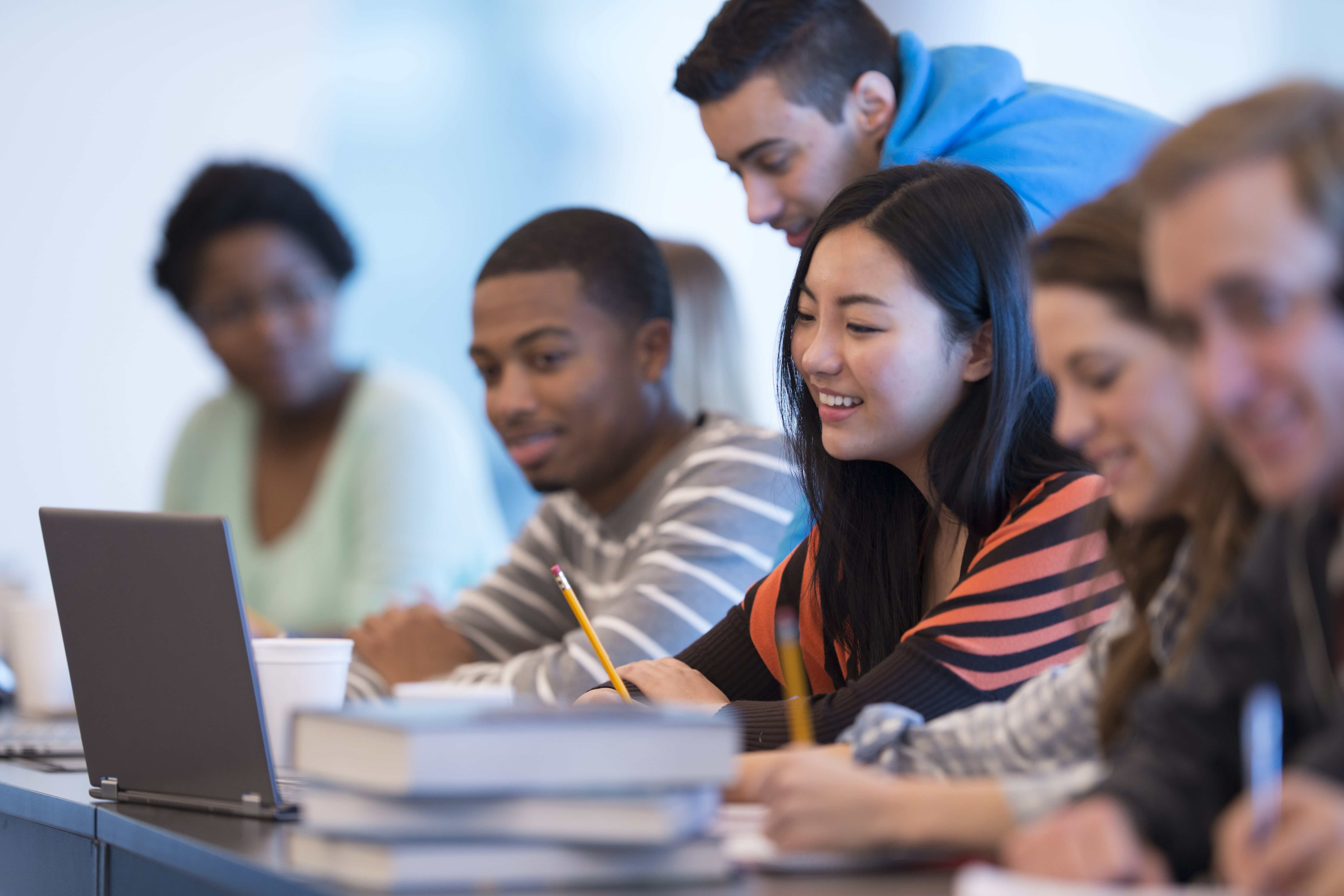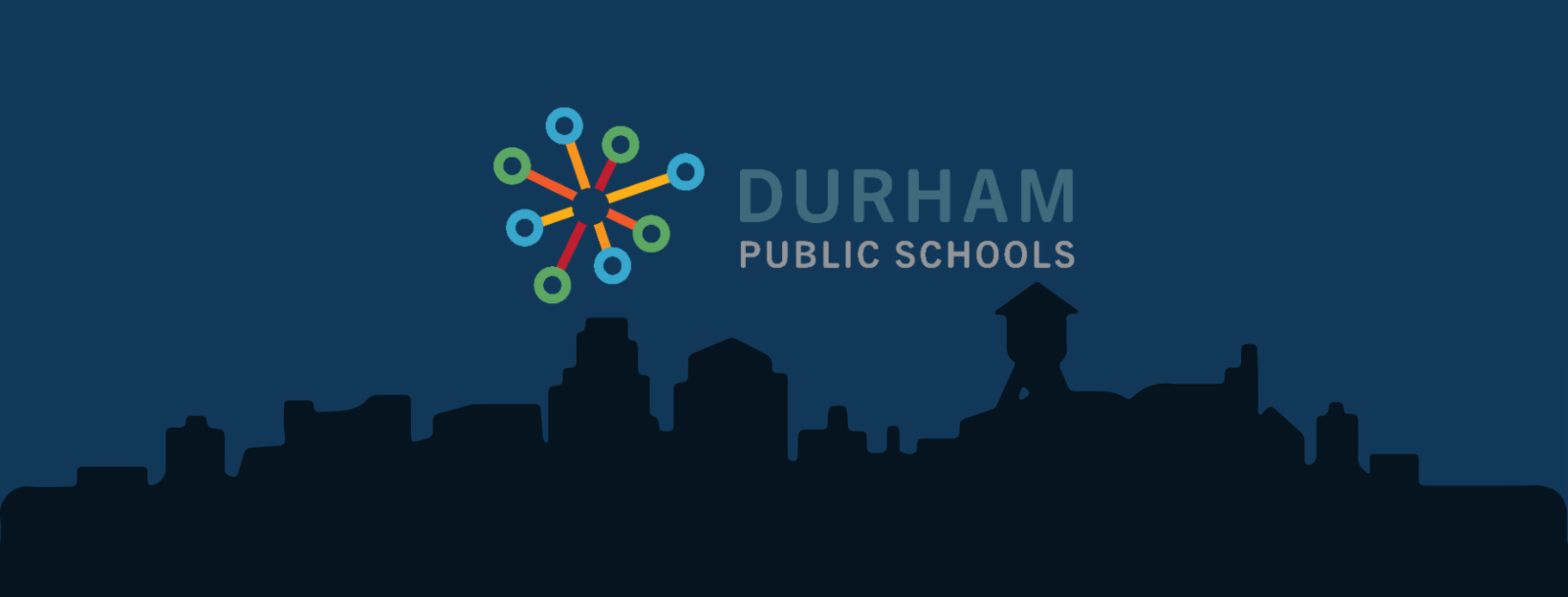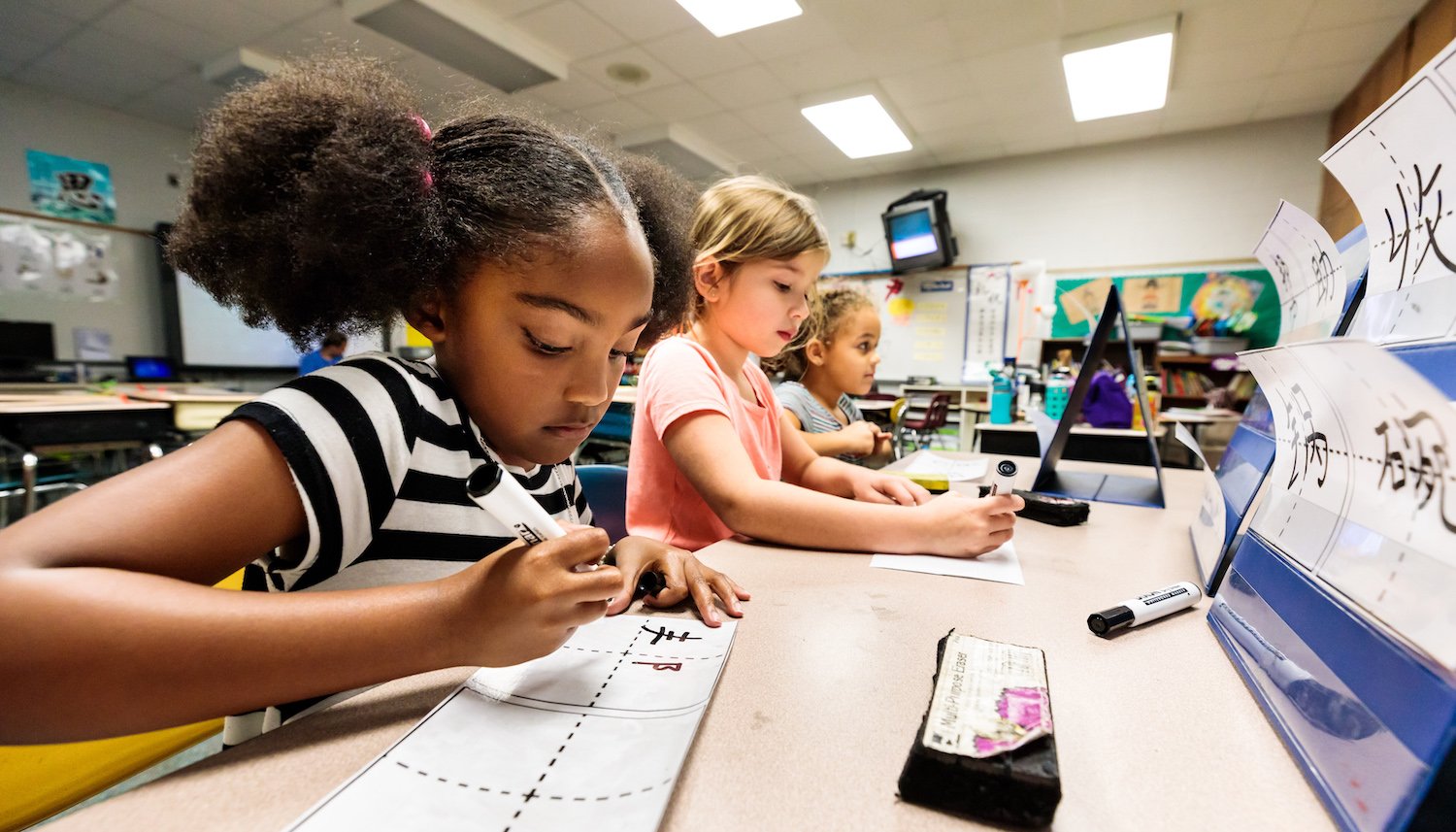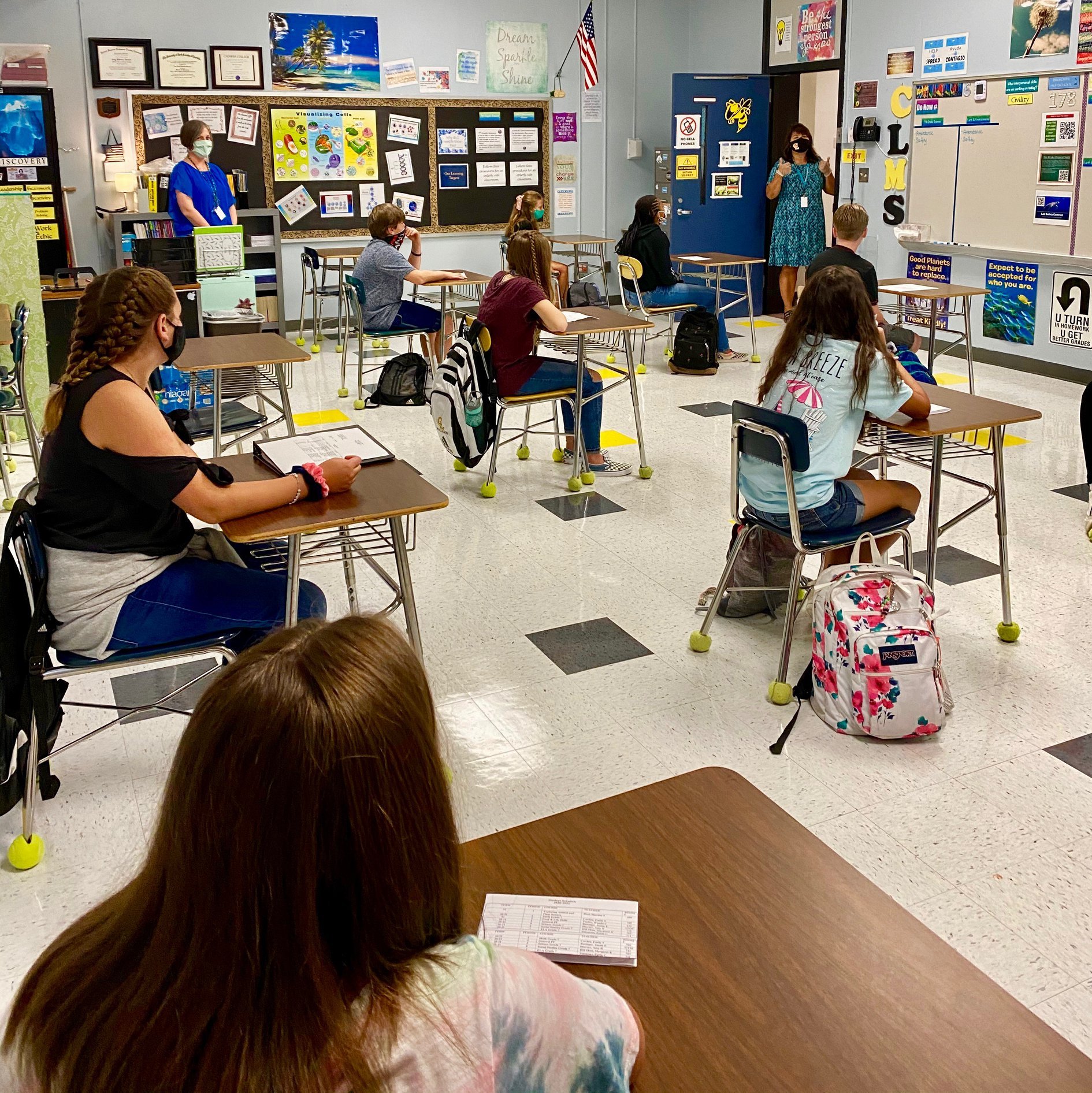
-
Solutions
-
By District Priority
-
-
Products
-

AI Perceptions and Readiness Survey
Understand stakeholder priorities, familiarity, and readiness to use AI in schools.
-
Resources
-
Featured Resource

Panoramic 2026 Virtual Summit
Discover how educators and leaders are putting purpose behind AI to drive real improvements in attendance, literacy, and student supports.
-
Find Your State
-
-
Alabama
-
Alaska
-
Arizona
-
Arkansas
-
California
-
Colorado
-
Connecticut
-
Delaware
-
Florida
-
Georgia
-
Hawaii
-
Idaho
-
Illinois
-
Indiana
-
Iowa
-
Kansas
-
Kentucky
-
Louisiana
-
Maine
-
Maryland
-
Massachusetts
-
Michigan
-
Minnesota
-
Mississippi
-
Missouri
-
Montana
-
Nebraska
-
Nevada
-
New Hampshire
-
New Jersey
-
New Mexico
-
New York
-
North Carolina
-
North Dakota
-
Ohio
-
Oklahoma
-
Oregon
-
Pennsylvania
-
Rhode Island
-
South Carolina
-
South Dakota
-
Tennessee
-
Texas
-
Utah
-
Vermont
-
Virginia
-
Washington
-
West Virginia
-
Wisconsin
-
Wyoming
-
-
-
About Us
-
Impact
-
Get in Touch
-
North Carolina
A Powerful Technology Platform to Support North Carolina Students
Join the North Carolina school districts that are using Panorama's tools to support student success.
Align to NC DPI guidance and requirements
Simplify graduation tracking with automation
Move from measurement to action
Powering school improvement in North Carolina school districts.

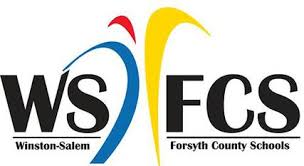
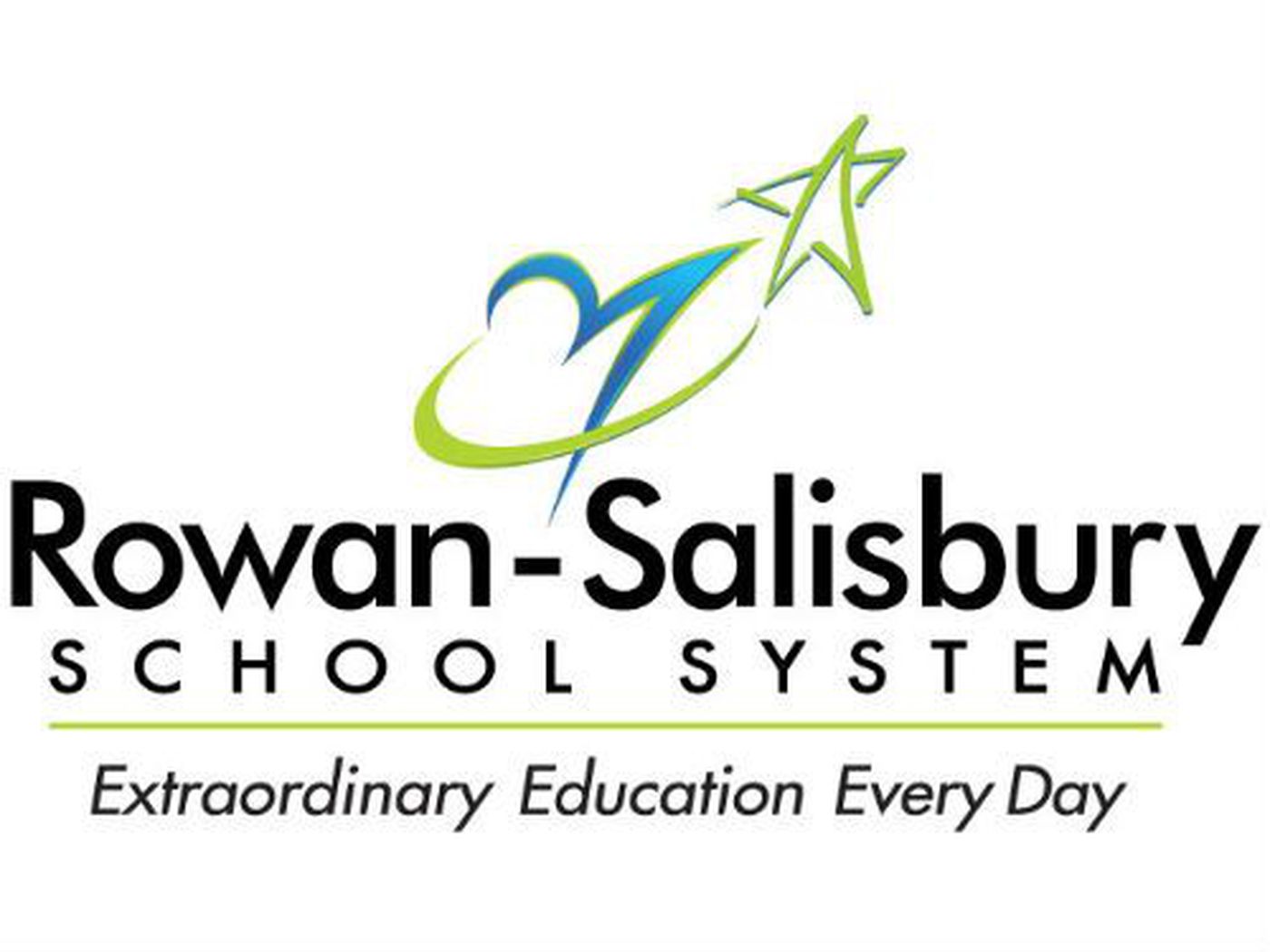
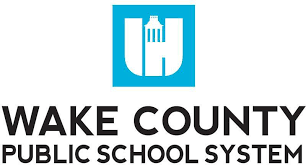
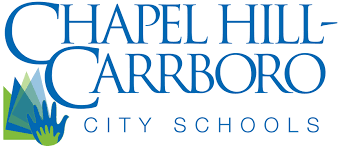
See how Panorama aligns to NCStar Key Indicators for school improvement planning to support North Carolina Districts.
NCStar Key Indicator
C2.01
North Carolina districts leverage performance data across academics, behavior, attendance, assessment, durable skills, school climate, & family engagement data to inform school improvement planning, and professional development needs.
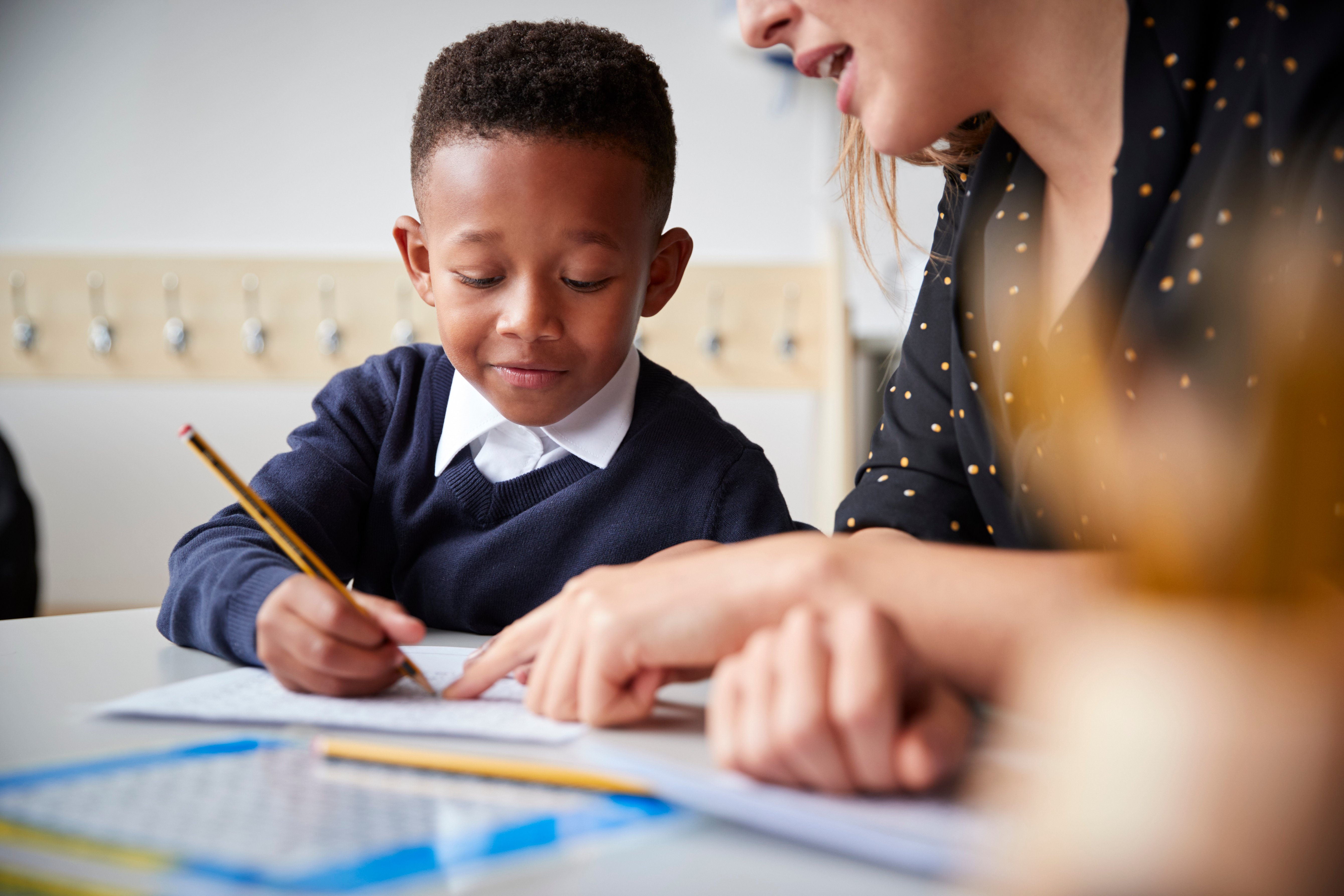
NCStar Key Indicator
A4.01
North Carolina districts can see up to date Academic, Behavior, Attendance, durable skills, and Benchmark Assessment data in one space. Educators can easily assign and manage evidence-based interventions across multiple tiers of support—core, supplemental, and intensive—and can collaborate with interventionists, support staff, and administrators.
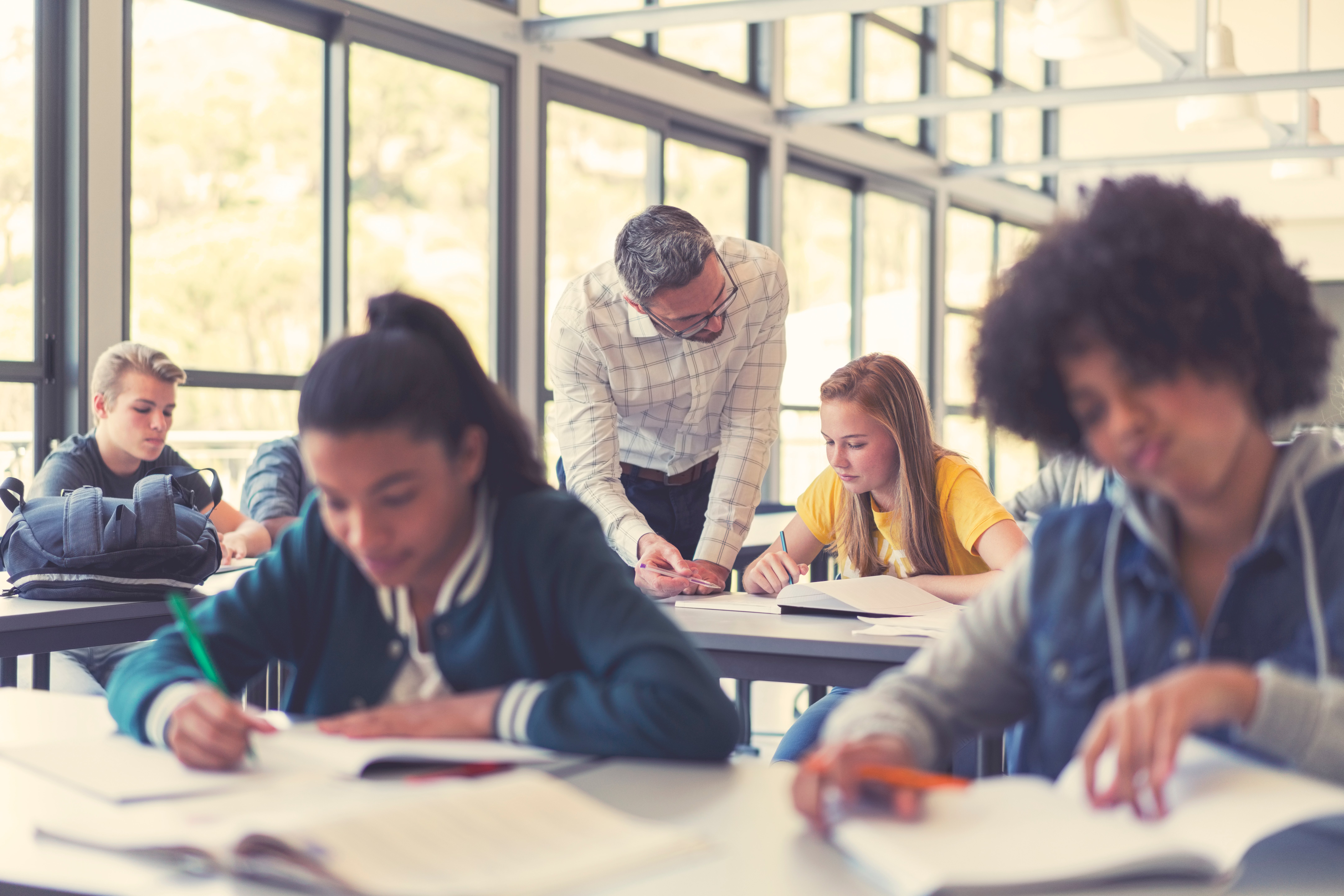
NCStar Key Indicator
E1.06
North Carolina school districts are gathering highly impactful Family Engagement data along Karen Mapp’s Dual Capacity Framework to help make decisions on supporting parents/guardians to play an impactful role in student learning.
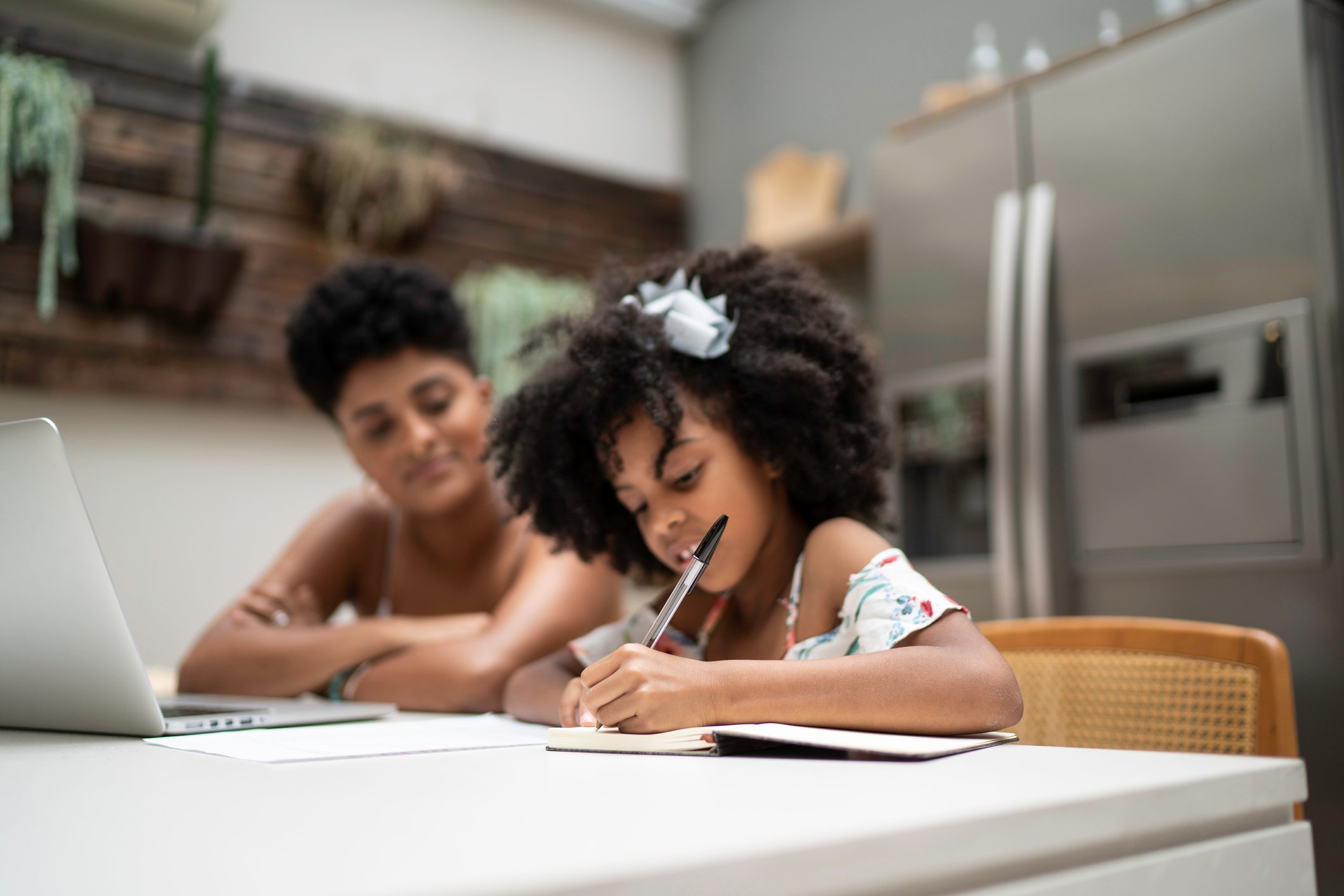
NCStar Key Indicator
A1.07
North Carolina districts employ effective classroom management and reinforce classroom rules and procedures by positively teaching them and encouraging positive behavior.

PARTNER SPOTLIGHT
MTSS at Durham Public Schools with Panorama Student Success
Hear how Durham Public Schools' partnership with Panorama is giving educators the data they need—in one platform—to better serve every student within MTSS.
“Often, we want to start with academics. Really, we should be looking at attendance, engagement, and well-being—what's going on in students' lives? Panorama Student Success has helped us look deeper instead of jumping straight to academics.”
Alison Augustson
Elementary MTSS Coordinator
“At Stough, they've been learning from more families and how to best build family-school partnerships. The principal saw, in Panorama, that families could be better reached, and is now taking action on that data.”
Kelly Harvell
Family Engagement Coordinator, WCPSS (NC)
NORTH CAROLINA GRADUATION REQUIREMENTS
Automated Monitoring for On-Time Graduation
High school graduation pathways can be complex in North Carolina. They include the Future-Ready Course of Study (FRC) requirements, additional credits mandated by local districts, an Occupational Course of Study option, and more. For a counselor with an average caseload of 400 students, manually tracking these requirements can negatively impact graduation due to missed transcript errors, scheduling mistakes, and pathway misalignment. Panorama Pathways automates credit tracking so North Carolina counselors can worry less about making a mistake and have more time working directly with students. And district leaders can be sure that they have the best system to satisfy all requirements and deliver positive results to their community.
Proud member of the Student Data Privacy Consortium

Resources for our North Carolina School & District Leaders
Ready to bring Panorama to your school or district?
Join thousands of North Carolina educators that trust Panorama to support every student
